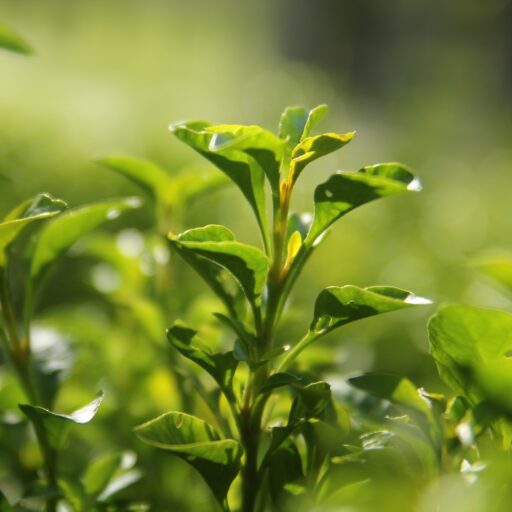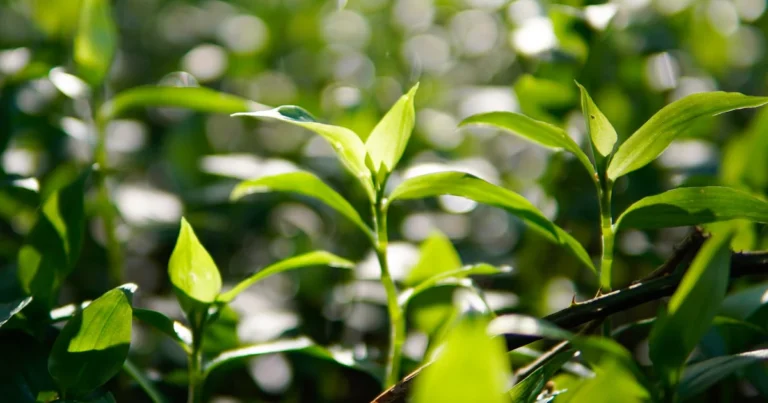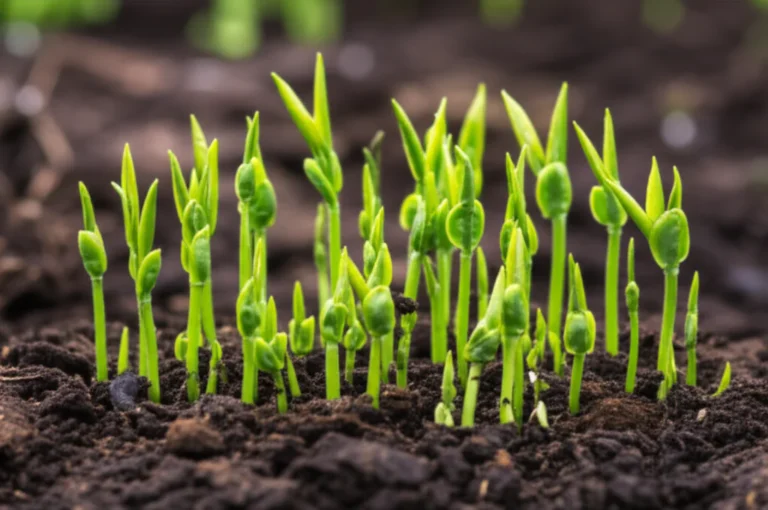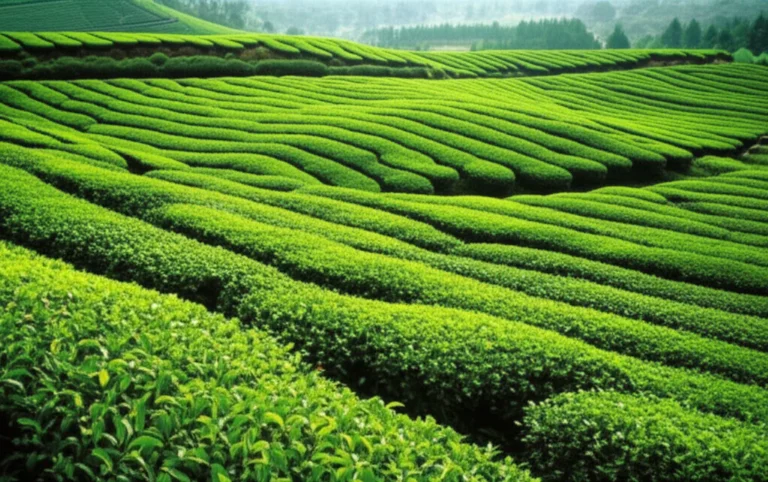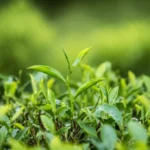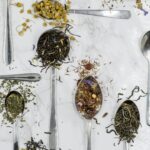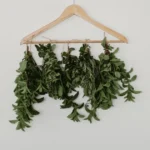Support our educational content for free when you purchase through links on our site. Learn more
Camellia Sinensis Plant: 12 Expert Secrets to Growing Tea in 2025 🍃
Imagine plucking fresh tea leaves from your own garden, brewing a cup that’s as fresh as it gets, and knowing exactly how your tea was nurtured from seed to sip. Sounds like a dream? At Growing Teas™, we’ve been cultivating Camellia sinensis plants for years, and we’re here to spill the tea—literally—on everything you need to know to grow your own tea plants successfully in 2025. From understanding the subtle differences between Chinese and Assam varieties to mastering harvest timing and processing methods, this guide covers all the expert secrets you won’t find in ordinary nursery descriptions.
Did you know that the same Camellia sinensis leaf can become green, black, oolong, or white tea depending on how you process it? Later, we’ll reveal how you can experiment with these transformations at home. Plus, we’ll bust common myths about tea plants and share insider tips on sustainable growing practices that protect the planet while enhancing flavor. Ready to turn your backyard or windowsill into a tea haven? Let’s dive in!
Key Takeaways
- Camellia sinensis is the sole source of true tea, with two main varieties: var. sinensis (Chinese) and var. assamica (Assam).
- Ideal growing conditions include acidic, well-draining soil, partial shade, and consistent moisture—perfect for subtropical climates or indoor cultivation with grow lights.
- Harvest the top bud and two to three young leaves every 1–2 weeks for the best tea quality.
- Processing methods (steaming, oxidizing, fermenting) create different tea types from the same leaves—green, black, oolong, white, and pu-erh.
- Growing your own tea requires patience but offers unmatched freshness and sustainability benefits.
- Organic pest control and pruning are essential to maintain plant health and maximize yield.
👉 CHECK PRICE on:
- Camellia Sinensis Seedlings: Amazon | Etsy | Camellia Forest Nursery
- Tea Growing Kits: Amazon | Walmart
Table of Contents
- ⚡️ Quick Tips and Facts
- 🌿 The Ancient Roots of Tea: A Camellia Sinensis Journey Through Time
- 🌱 Unveiling the Green Gold: What Exactly is Camellia Sinensis?
- 🏡 From Seed to Sip: Mastering the Art of Camellia Sinensis Cultivation
- Climate & Terroir: Finding Your Tea’s Happy Place
- Soil Sweet Spots: The Foundation of Flavor
- Sunlight & Shade: Balancing the Rays
- Watering Wisdom: Hydration for Healthy Growth
- Pruning for Perfection: Shaping Your Tea Future
- [Pest Patrol & Disease Defense: Keeping Your Plants Pristine](#pest-patrol-disease-defense-keeping-your-plants- pristine)
- 🖐️ The Harvest Dance: When and How to Pluck Your Precious Leaves
- ✨ The Magic of Transformation: How Camellia Sinensis Becomes Your Favorite Brew
- 💚 Beyond the Brew: The Remarkable Health Benefits of Camellia Sinensis
- 🧑🌾 Growing Your Own Tea Garden: A Home Enthusiast’s Guide to Camellia Sinensis
- 🏆 Understanding Tea Grades and Quality: What to Look For in Your Brew
- 🌍 Sustainable Tea Farming: Nurturing the Planet with Camellia Sinensis
- 🧐 Common Myths and Misconceptions About Tea Plants
- 🍵 Brewing Perfection: Unlocking the Flavor Potential of Your Camellia Sinensis Teas
- 💡 Conclusion: Your Journey with Camellia Sinensis Continues
- 🔗 Recommended Links for Tea Enthusiasts
- ❓ FAQ: Your Burning Questions About Camellia Sinensis Answered
- 📚 Reference Links: Our Trusted Sources
⚡️ Quick Tips and Facts
Welcome to the verdant world of Camellia sinensis, the magical evergreen shrub that gifts us the beloved tea leaves for every cup you cherish. At Growing Teas™, we’ve cultivated these beauties for years, and here’s the quick scoop to get you steeped in tea wisdom fast:
- Camellia sinensis is the only plant species used to produce true tea: white, green, oolong, black, and pu-erh.
- It’s an evergreen shrub or small tree, typically pruned below 2 meters for ease of harvest.
- Two main varieties dominate: var. sinensis (small-leaf Chinese type) and var. assamica (large-leaf Assam type).
- Grows best in subtropical to tropical climates with ample rainfall (50+ inches/year).
- Leaves are plucked every 1-2 weeks during the growing season; the top bud plus 2-3 leaves are prime for tea.
- Processing methods (oxidation, rolling, drying) create the diverse tea types you love.
- Contains caffeine (~4%), theanine, catechins, and antioxidants — a natural energy boost with health perks.
- Can be grown at home in pots or gardens with patience and care — yes, you can cultivate your own tea! 🌱
Curious about how to start your own tea garden? Check out our detailed guide Is Tea Easy to Grow? 8 Expert Tips to Start Your Own Garden in 2025 🍃.
🌿 The Ancient Roots of Tea: A Camellia Sinensis Journey Through Time
Tea’s story is as rich as its flavor. The Camellia sinensis plant traces its origins to the borderlands of northern Burma and southwestern China, with archaeological evidence suggesting tea consumption dating back over 3,000 years. The Latin name sinensis literally means “from China,” reflecting its birthplace.
Legend has it that Emperor Shen Nong discovered tea around 2737 BCE when leaves accidentally fell into his boiling water. Since then, tea has woven itself into cultures worldwide, from the sacred Japanese tea ceremonies to the bustling British afternoon teas.
Fun fact: The British introduced Camellia sinensis var. sinensis into India in 1836, sparking the massive tea industry in Assam and Darjeeling.
For a deeper dive, visit our History of Tea section.
🌱 Unveiling the Green Gold: What Exactly is Camellia Sinensis?
Camellia Sinensis var. Sinensis: The Chinese Heritage
This variety sports small, dark green leaves with a slightly serrated edge. It’s cold-hardy (down to USDA Zone 6) and typically grows as a multi-stemmed shrub reaching up to 3 meters if left unpruned. The leaves are prized for delicate teas like green and white teas, often grown at higher elevations for nuanced flavors.
Camellia Sinensis var. Assamica: The Bold Indian Cousin
The Assam variety flaunts larger, broader leaves and thrives in warmer, humid climates (USDA Zones 7–9). It’s the backbone of robust black teas like Assam and Nilgiri. This variety grows faster and taller, often forming small trees if not pruned.
Beyond the Basics: Other Cultivars and Hybrids
There are also lesser-known varieties like var. pubilimba and var. dehungensis, native to specific regions in China and Vietnam. Hybrid cultivars such as ‘Dave’s Fave’ and ‘Sochi’ have been developed for unique flavor profiles and disease resistance.
🏡 From Seed to Sip: Mastering the Art of Camellia Sinensis Cultivation
Growing your own tea is a rewarding journey — and we’re here to guide you through every step.
Climate & Terroir: Finding Your Tea’s Happy Place
Camellia sinensis loves humid, subtropical climates with temperatures between 60°F and 85°F (15°C–29°C). It thrives with 50+ inches (127 cm) of rainfall annually. High elevations (up to 7,200 ft/2,200 m) slow growth but enhance flavor complexity.
Soil Sweet Spots: The Foundation of Flavor
Tea plants prefer acidic, well-draining soils with pH between 4.5 and 6.5. Rich in organic matter, loamy soils promote healthy roots and vibrant leaves. Avoid heavy clay or waterlogged soils to prevent root rot.
Sunlight & Shade: Balancing the Rays
Full sun encourages vigorous growth but can stress plants in hot climates. Partial shade, especially during afternoon heat, helps maintain leaf tenderness and prevents bitterness.
Watering Wisdom: Hydration for Healthy Growth
Consistent moisture is key—tea plants dislike drought but also waterlogged roots. Drip irrigation or frequent deep watering mimics natural rainfall patterns.
Pruning for Perfection: Shaping Your Tea Future
We prune annually before spring growth to maintain a manageable height (~3-4 feet) and stimulate fresh shoots — the prime harvest targets. Pruning also improves airflow, reducing disease risk.
Pest Patrol & Disease Defense: Keeping Your Plants Pristine
Common pests include aphids, scales, spider mites, and tea mosquito bugs. Fungal diseases like root rot and leaf blight can strike stressed plants. We recommend organic controls like neem oil and beneficial insects, plus maintaining plant vigor.
🖐️ The Harvest Dance: When and How to Pluck Your Precious Leaves
Harvesting is an art form. The top bud and the next two or three young leaves are the gold standard for tea production. Harvests occur every 7–14 days during the growing season.
Pro tip: Use sharp scissors or pluck gently by hand to avoid damaging the plant. Early morning picking preserves freshness and flavor.
✨ The Magic of Transformation: How Camellia Sinensis Becomes Your Favorite Brew
The same leaves, processed differently, produce the vast tea spectrum.
Green Tea’s Gentle Touch: Steaming & Pan-Firing
Leaves are quickly steamed or pan-fired to halt oxidation, preserving vibrant green color and fresh, grassy flavors. Japanese brands like Ippodo excel in this method.
Black Tea’s Bold Fermentation: Rolling & Oxidizing
Leaves are rolled to bruise cells, then fully oxidized, turning dark and developing rich, malty flavors. Famous black teas include Assam and Darjeeling.
Oolong’s Oxidative Artistry: The Semi-Oxidized Marvel
Oolong teas are partially oxidized (10%-70%), balancing floral and fruity notes with a hint of roast. Taiwanese oolongs like Dong Ding are prime examples.
White Tea’s Delicate Whisper: Minimal Processing, Maximum Purity
Minimal processing—just withering and drying—preserves subtle sweetness and delicate aroma. Silver Needle is a classic white tea.
Pu-erh’s Earthy Evolution: Aged & Fermented Wonders
Pu-erh undergoes microbial fermentation and aging, developing deep, earthy flavors over years. Originating from Yunnan, it’s prized for its complexity.
💚 Beyond the Brew: The Remarkable Health Benefits of Camellia Sinensis
Tea is more than a tasty beverage; it’s a health ally packed with bioactive compounds.
The Caffeine Conundrum: Energy Without the Jitters?
Camellia sinensis leaves contain about 4% caffeine, providing a gentle stimulant effect. Unlike coffee’s rapid spike, tea’s caffeine is buffered by L-theanine, offering alertness without the jitters.
L-Theanine: The Zen Molecule for Focus & Calm
L-theanine promotes relaxation and mental clarity, balancing caffeine’s stimulation. This combo is why tea can sharpen focus while calming the mind.
Catechins & Antioxidant Powerhouses: Fighting Free Radicals
Green tea catechins like EGCG are potent antioxidants linked to heart health, metabolism support, and anti-inflammatory effects.
Other Beneficial Compounds: Vitamins, Minerals, and More
Tea also provides trace minerals (manganese, potassium), vitamins (B2, C), and polyphenols contributing to overall wellness.
Explore more in our Health Benefits of Tea articles.
🧑🌾 Growing Your Own Tea Garden: A Home Enthusiast’s Guide to Camellia Sinensis
Dreaming of plucking your own tea leaves? Here’s how to start your personal tea oasis.
Choosing Your Camellia Sinensis Plant: Varieties for Home Growers
We recommend var. sinensis for cooler climates and container growing due to its compact size and cold hardiness. For warmer zones, var. assamica offers vigorous growth.
Potting & Placement: Container Growing Success
Use a large pot (5+ gallons) with acidic, well-draining soil. Place in a spot with morning sun and afternoon shade. Regular watering and feeding with acid-loving plant fertilizer keep your tea happy.
Indoor vs. Outdoor: Where Will Your Tea Thrive?
Outdoors is ideal if your climate suits it (Zones 7–9). Indoors, provide bright light (grow lights help) and humidity. We’ve grown tea successfully indoors during winters with supplemental lighting.
Troubleshooting Common Issues: What to Do When Things Go Awry
- Yellowing leaves? Check watering—too much or too little.
- Pests? Neem oil or insecticidal soap works wonders.
- Slow growth? Consider soil pH and fertilizer adjustments.
🏆 Understanding Tea Grades and Quality: What to Look For in Your Brew
Tea grading can be mystifying, but here’s the scoop:
| Grade/Term | Description | Example Tea Types |
|---|---|---|
| Orange Pekoe (OP) | Whole leaves, medium size | Assam, Darjeeling |
| Pekoe (P) | Young leaves, smaller than OP | Some green teas |
| Broken Leaf (BOP) | Broken leaves for stronger brew | Black teas, CTC teas |
| Fannings | Small leaf fragments, used in tea bags | Commercial black teas |
| Dust | Finest particles, strong but lower quality | Tea bags, instant teas |
High-quality teas usually have whole, unbroken leaves, vibrant color, and fresh aroma. Freshness is key—store in airtight containers away from light and moisture.
🌍 Sustainable Tea Farming: Nurturing the Planet with Camellia Sinensis
Sustainability is the future of tea. Practices like organic farming, shade-grown tea, and integrated pest management protect ecosystems and improve tea quality.
At Growing Teas™, we champion biodiversity-friendly cultivation and minimal chemical use. Supporting fair trade and local farmers ensures ethical sourcing.
Learn more about sustainable practices in our Green Tea Cultivation resources.
🧐 Common Myths and Misconceptions About Tea Plants
Let’s bust some myths:
- ❌ Myth: Tea plants are trees — Fact: They are shrubs pruned for harvest.
- ❌ Myth: All tea plants are the same — Fact: Varieties and cultivars differ widely.
- ❌ Myth: Tea plants need constant shade — Fact: They tolerate full sun with proper care.
- ❌ Myth: You can’t grow tea at home — Fact: With patience, it’s totally doable!
- ❌ Myth: Tea is just dried leaves — Fact: Processing methods create unique teas.
🍵 Brewing Perfection: Unlocking the Flavor Potential of Your Camellia Sinensis Teas
Brewing tea is where science meets art. Here’s our Growing Teas™ pro method:
- Use fresh, filtered water heated to the right temperature:
- Green & white teas: 160–180°F (70–80°C)
- Oolong: 190°F (88°C)
- Black & pu-erh: 200–212°F (93–100°C)
- Steep times vary:
- Green: 1–3 minutes
- Oolong: 3–5 minutes
- Black: 3–5 minutes
- Use about 2 grams of tea per 6 oz water.
- Multiple infusions unlock different flavor layers, especially for oolongs and pu-erh.
Experiment and savor! For more brewing tips, visit our DIY Tea Blending section.
If you’re ready to dive deeper into cultivating your own tea or want to explore specific varieties, check out our detailed guides and shop our curated selection of Camellia sinensis plants at Growing Teas™. Your perfect cup starts with the perfect leaf! 🌿🍃
👉 CHECK PRICE on:
- Camellia Sinensis Seedlings: Amazon | Etsy | Camellia Forest Nursery
- Tea Growing Kits: Amazon | Walmart
For more expert advice and personal stories from our tea growers, keep exploring Growing Teas™ — where your tea-growing adventure begins!
💡 Conclusion: Your Journey with Camellia Sinensis Continues
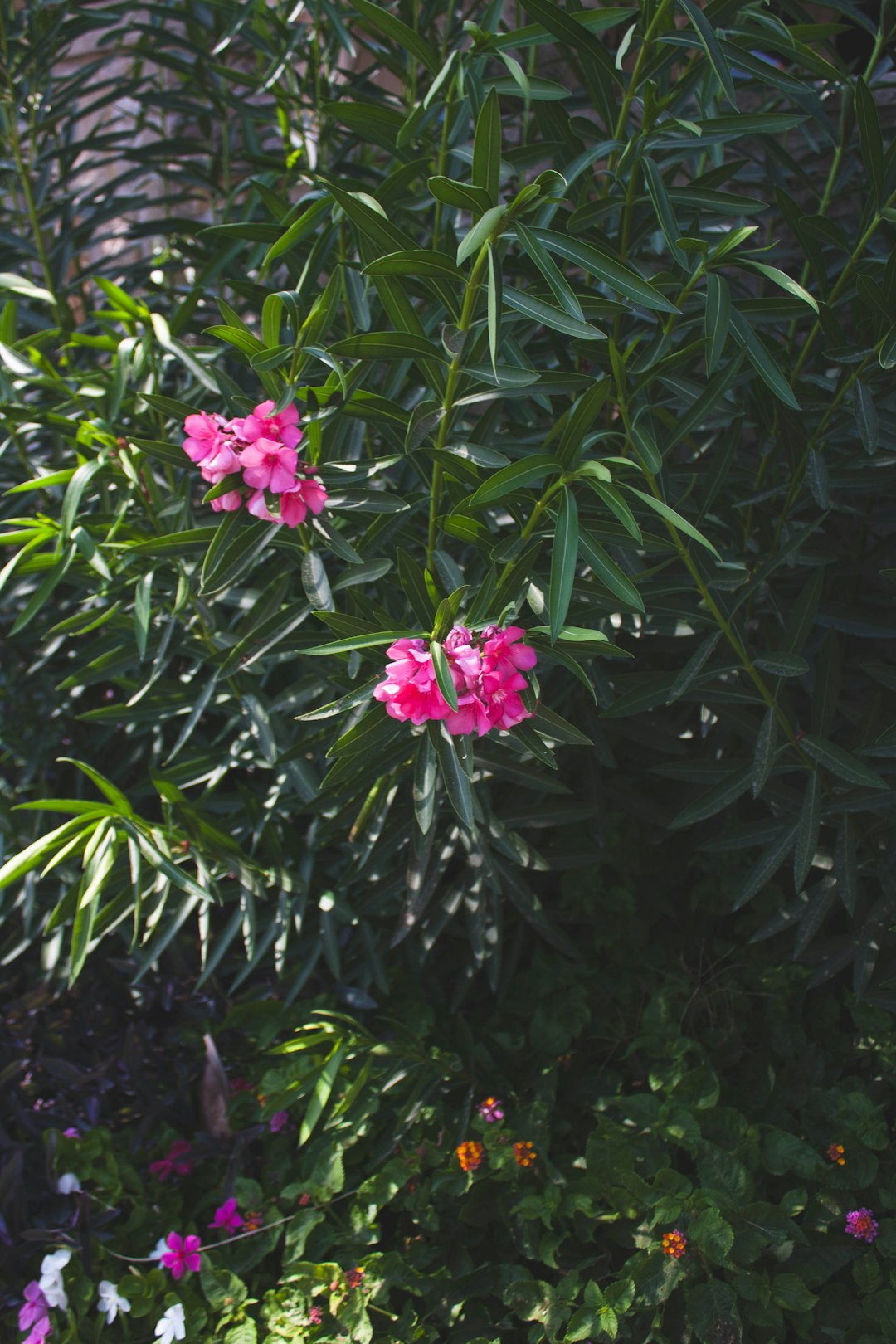
Wow, what a journey! From the ancient origins of Camellia sinensis to the intricate dance of cultivation, harvest, and transformation into your favorite cup of tea, we’ve covered the full spectrum of tea plant mastery. Growing your own tea is not just a hobby — it’s a rewarding lifestyle that connects you to centuries of tradition and nature’s magic.
Positives of cultivating Camellia sinensis at home:
✅ You gain fresh, flavorful tea leaves tailored to your taste.
✅ It’s a sustainable and educational experience.
✅ The plant is hardy, adaptable, and can thrive in containers or gardens.
✅ You control the growing environment, avoiding pesticides and chemicals.
Challenges to keep in mind:
❌ Requires patience — tea plants take a few years to mature.
❌ Needs consistent care: pruning, watering, and pest management.
❌ Climate limitations mean some regions require indoor growing or greenhouse setups.
If you’re ready to embrace the green gold, we confidently recommend starting with a healthy seedling of Camellia sinensis var. sinensis or assamica from trusted nurseries like Camellia Forest Nursery. Pair your plant with proper care, and you’ll soon be plucking your own tea leaves — a truly satisfying experience!
Remember the question we teased earlier: Is it really possible to grow tea at home? Absolutely! With the right knowledge and dedication, your backyard or windowsill can become a mini tea plantation. And with Growing Teas™ by your side, you’re never alone on this path.
🔗 Recommended Links for Tea Enthusiasts
Ready to start growing or deepen your tea expertise? Check out these handpicked resources and products:
-
Camellia Sinensis Seedlings & Plants:
-
Tea Growing Kits & Supplies:
-
Books on Tea Cultivation & History:
- The Tea Book: All Things Tea by Louise Cheadle & Nick Kilby — Amazon Link
- The Story of Tea: A Cultural History and Drinking Guide by Mary Lou Heiss & Robert J. Heiss — Amazon Link
- Tea: History, Terroirs, Varieties by Kevin Gascoyne et al. — Amazon Link
❓ FAQ: Your Burning Questions About Camellia Sinensis Answered
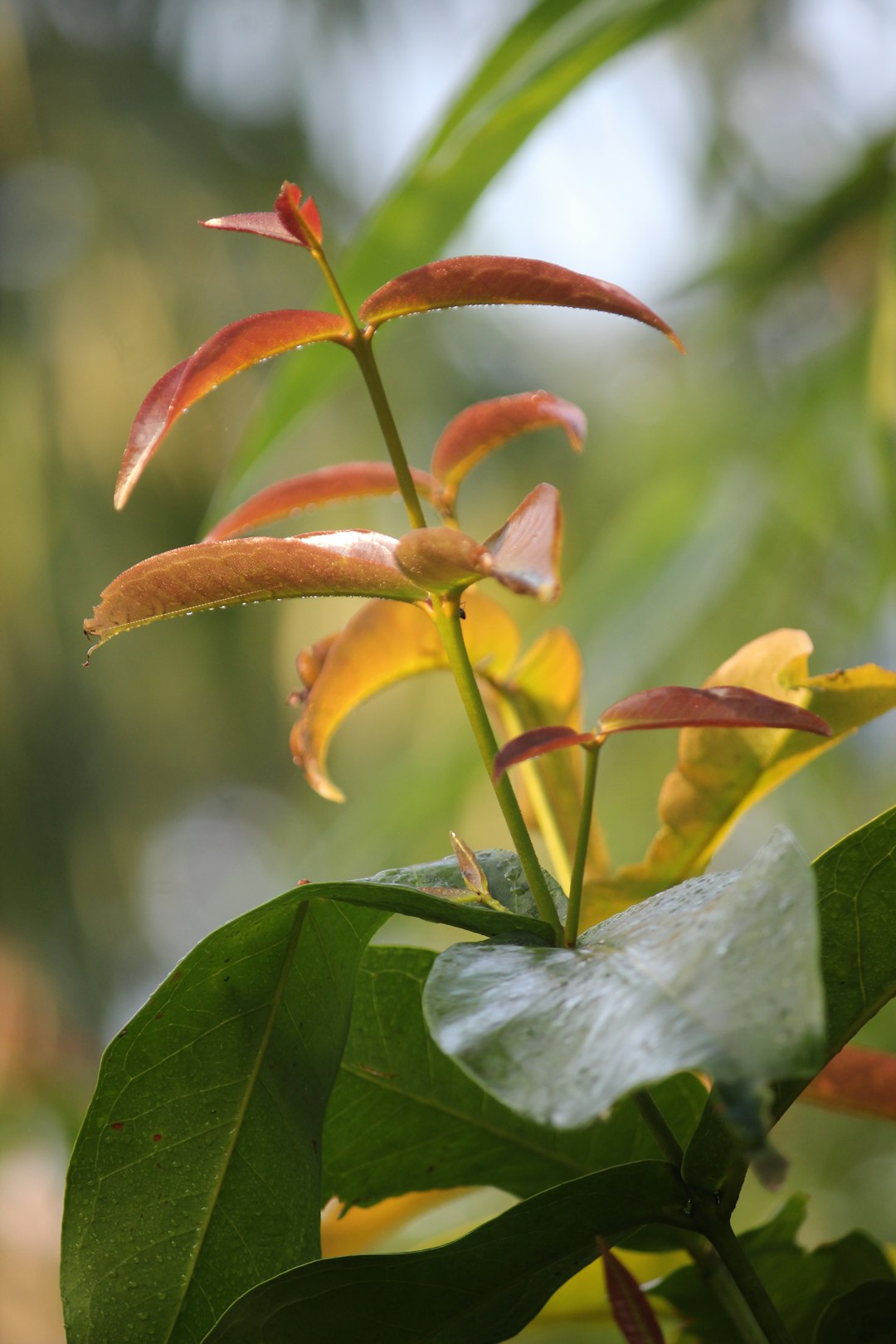
How do I care for a Camellia sinensis plant to produce high-quality tea leaves?
Caring for Camellia sinensis involves balancing water, light, soil, and pruning. Keep the soil moist but well-drained, and maintain slightly acidic pH (4.5–6.5). Provide morning sun with afternoon shade to prevent leaf scorch. Prune annually before spring to encourage fresh shoots — these young leaves are your tea gold. Monitor for pests like aphids and spider mites, using organic controls such as neem oil. Consistent care and patience yield the best leaves for flavorful tea.
Read more about “Where to Buy Tea Plants: 6 Best Sources for Your Home Garden 🌱 (2025)”
What are the ideal growing conditions for a Camellia sinensis plant in my backyard?
Ideal conditions include:
- Climate: Subtropical to tropical, USDA Zones 6–9.
- Rainfall: At least 50 inches (127 cm) annually.
- Soil: Acidic, rich in organic matter, well-draining.
- Light: Partial sun to light shade, especially in hot climates.
- Elevation: Higher elevations (up to 7,200 ft) slow growth but enhance flavor.
If your region is cooler, choose var. sinensis for better cold tolerance. Amend soil with peat moss or pine needles to increase acidity if needed.
Read more about “What Type of Soil Is Best for Growing Tea? 9 Expert Secrets 🌱”
Can I grow a Camellia sinensis plant indoors, and if so, what are the best practices?
Yes! Indoor growing is possible with:
- Bright, indirect light or supplemental grow lights for 10–12 hours daily.
- Maintaining humidity around 50–70%; use humidifiers or pebble trays.
- Using acidic, well-draining potting mix and a large container (5+ gallons).
- Watering consistently to keep soil moist but not soggy.
- Pruning to control size and stimulate new growth.
Indoor plants may grow slower but can produce harvestable leaves with proper care.
How long does it take for a Camellia sinensis plant to mature and be ready for tea production?
Typically, Camellia sinensis seedlings take 3 to 5 years to mature enough for a meaningful harvest. Cuttings from mature plants may produce leaves sooner, around 2 to 3 years. After maturity, you can harvest every 1–2 weeks during the growing season. Patience is key — the wait is worth the fresh, homegrown tea experience!
What pests and diseases should I watch for when growing Camellia sinensis?
Common pests include:
- Aphids
- Scale insects
- Spider mites
- Tea mosquito bugs
Diseases to monitor:
- Root rot (from overwatering)
- Leaf blight
- Canker diseases
Preventive measures include good airflow, proper watering, and organic pest controls like neem oil or insecticidal soap. Healthy plants resist pests better!
Read more about “10 Best Tea Plants for Sale in 2025: Grow Your Own Brew! 🍃”
📚 Reference Links: Our Trusted Sources
- Wikipedia: Camellia sinensis — Comprehensive botanical and historical overview.
- North Carolina State University Extension: Camellia sinensis — Cultivation tips and plant description.
- Camellia Forest Nursery: Tea Camellias — Source for tea plants and cultivation resources.
- USDA Plant Hardiness Zones — To check your climate suitability.
- Growing Teas™: Is Tea Easy to Grow? 8 Expert Tips — Our expert guide to starting your tea garden.
- Growing Teas™: Health Benefits of Tea — Explore tea’s wellness properties.
- Growing Teas™: Green Tea Cultivation — Detailed cultivation practices for green tea.
- Growing Teas™: DIY Tea Blending — Craft your own tea blends at home.
We hope this comprehensive guide inspires you to embark on your own Camellia sinensis adventure. Whether you’re a seasoned tea lover or a curious beginner, growing your own tea plant is a fulfilling way to connect with nature’s oldest and most cherished beverage. Happy growing and happy sipping! 🍵🌿
